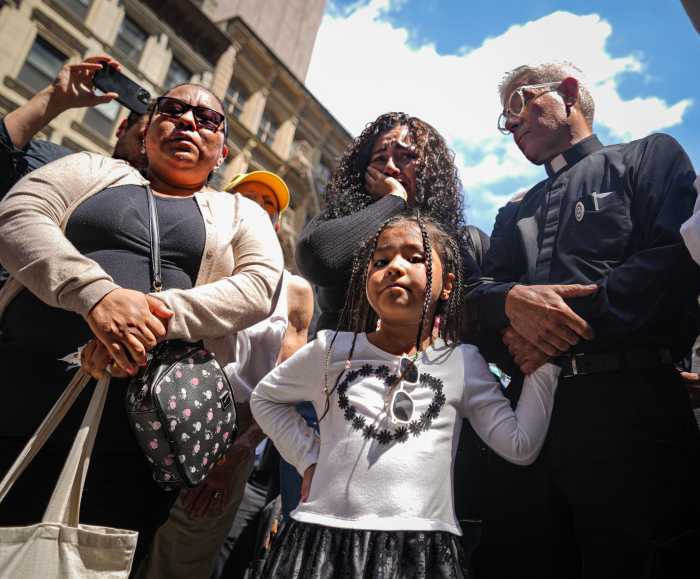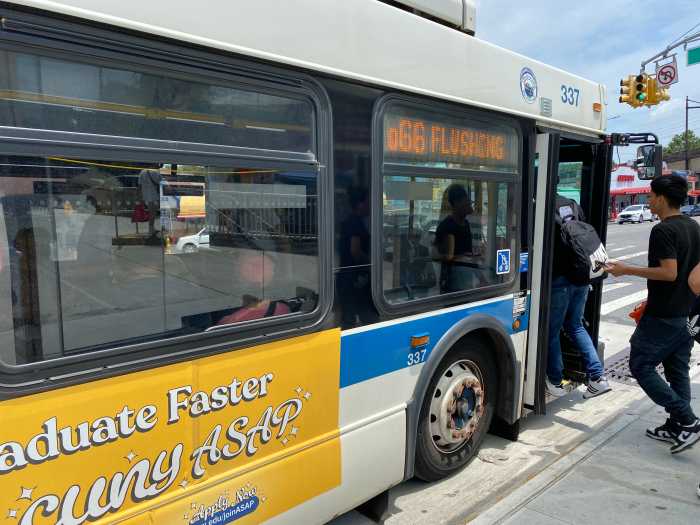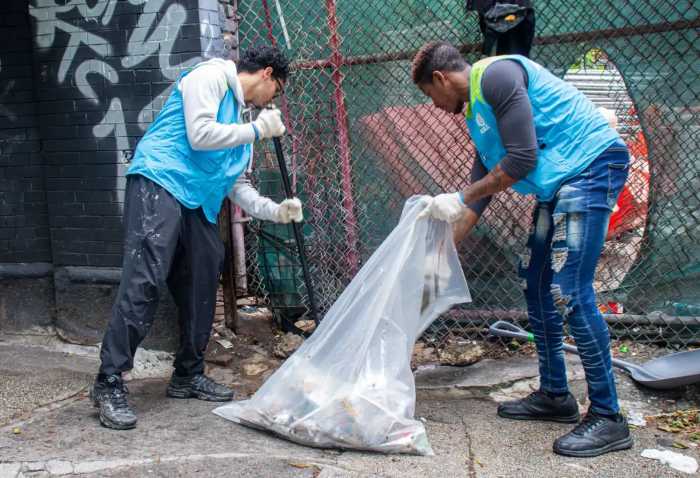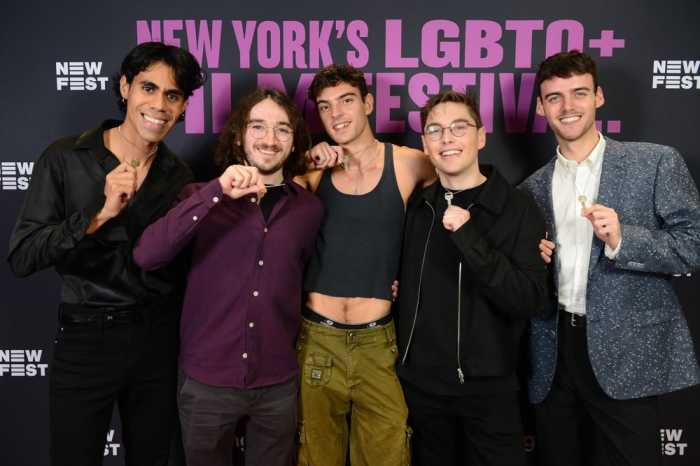
BY TERESE LOEB KREUZER | New York, a city of more than eight million residents, has become increasingly popular with visitors but not all have been arriving by conventional means of transportation. Some fly here under their own power. Some swim.
In wintertime, an estimated 60,000 birds leave their summer breeding and nesting grounds in northern Canada and the Arctic for the comparative warmth and sumptuous dining available to them in New York harbor.
“These birds are only here in the winter,” said Gabriel Willow, a New York City Audubon guide, who has been leading winter harbor tours aboard New York Water Taxi for the last eight years.
Seal sightings are an added bonus. Willow won’t promise seals but so far, they have never failed to show up. “For the last 30 years, harbor seals have been coming this far south,” he said, as a New York Water Taxi catamaran left Pier 17 in the South Street Seaport and headed toward the Verrazano-Narrows Bridge and the harbor’s lower bay.
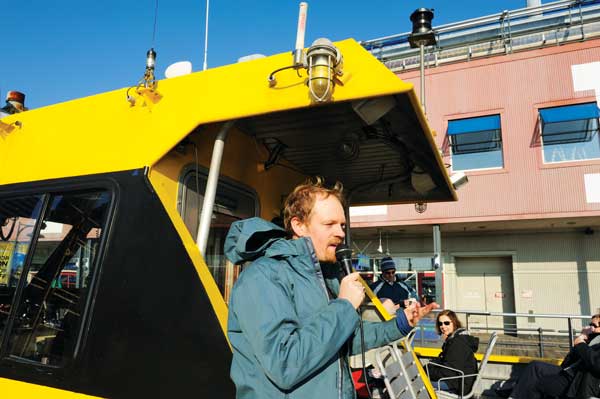
Willow believes the seals are here because the water surrounding New York City is substantially cleaner than it was 40 years ago, and there are now enough fish to sustain them. A full-grown seal can weigh between 330 and 375 pounds and eats 10 to 18 pounds of fish a day.
Reliably, certain northern birds come back to New York City year after year and can be found in predictable areas of the harbor. The Erie Basin, a manmade enclave off the East River, is popular with red-breasted mergansers, a diving duck that breeds further north and winters further south than any other merganser. The serrated edges on their beaks enable them to catch crustaceans, insects and fish, according to Willow.
The red-breasted mergansers were sharing the Erie Basin with some gadwalls (a gray-brown duck that doesn’t mind traveling from the Arctic as far south as Guatemala for the winter) and some tiny bufflehead ducks that are hard to miss despite their diminutive size because of the large, white patches on the backs of the males’ heads and on the cheeks of the females.
As the boat sped toward the Verrazano-Narrows Bridge, red-throated loons crossed its path (only here in the winter time, said Willow) and numerous long-tailed ducks, a gregarious species that travels in flocks and is the only living member of its genus. Their breeding ground is in the high Arctic, around 2,000 miles away from New York City.
Near the bridge, Willow spotted a peregrine falcon swooping through the air. They nest on top of the bridge and can travel up to 200 miles an hour in pursuit of prey. They are an endangered species in New York State, but “New York City has the highest population density of peregrine falcons in the world,” Willow said.
Pausing at Hoffman Island, one of two man-made islands that lie between Staten Island and Brooklyn, the boat made its way slowly and quietly to nearby Swinburne Island, home to a harbor seal colony during the winter and to colonies of gulls and cormorants. It was constructed in the 1870s to quarantine immigrants to New York City who were ill or suspected of being ill. The century-old buildings included a hospital and crematorium for those who died on Swinburne Island. Long abandoned, the buildings were already in ruins when Superstorm Sandy struck on Oct. 29, 2012, demolishing one of the remaining buildings completely and crushing the other one.
The seals, ever curious, bobbed up out of the water to see who or what had arrived. Then they went back to foraging for fish.
As the boat turned back toward Manhattan, a gannet flew by, much to Willow’s astonishment. He said that he had seen them before in the harbor, but rarely. They are the largest seabirds of the North Atlantic, with wingspans of almost six feet. The largest colony of northern gannets in the world lives on Bonaventure Island off the tip of the Gaspé Peninsula, around a thousand miles from New York City. They catch fish by diving from a great height, aided by their binocular vision and protected by air sacs in their breasts.
What had brought the gannet to New York? Climate change, perhaps? Willow wouldn’t speculate. But storms and sea level rise had definitely wrought changes in the harbor landscape compared with previous years.
Visible in the distance behind storm-wracked Swinburne Island, buildings on Coney Island were boarded up with plywood. Some of the large stones of Fort Wadsworth under the Verrazano-Narrows Bridge had been torn from the seawalls and scattered like pebbles. The Alice Austen House Museum on the northern side of Staten Island had lost some of its trim and some of its trees.
The Water Taxi headed toward the Statue of Liberty. Although the Statue was undamaged by Superstorm Sandy, docks and facilities on Liberty and Ellis Islands were severely damaged by the storm and have not been open to visitors since then.
New York City’s avian and mammalian visitors are back this year as usual, but this year the city is not quite the same.
The first New York City Audubon/New York Water Taxi tour took place on Jan. 6. The tours will continue every Sunday afternoon through Feb. 3, and perhaps longer, if there is sufficient demand. For more information, go to www.nywatertaxi.com.




